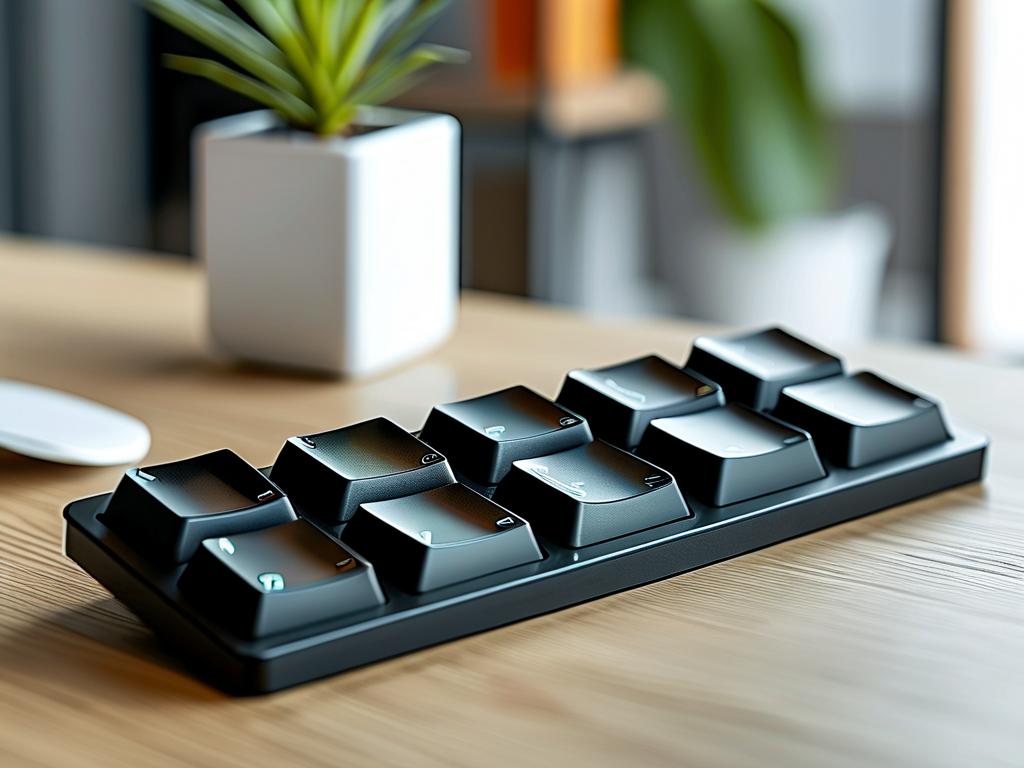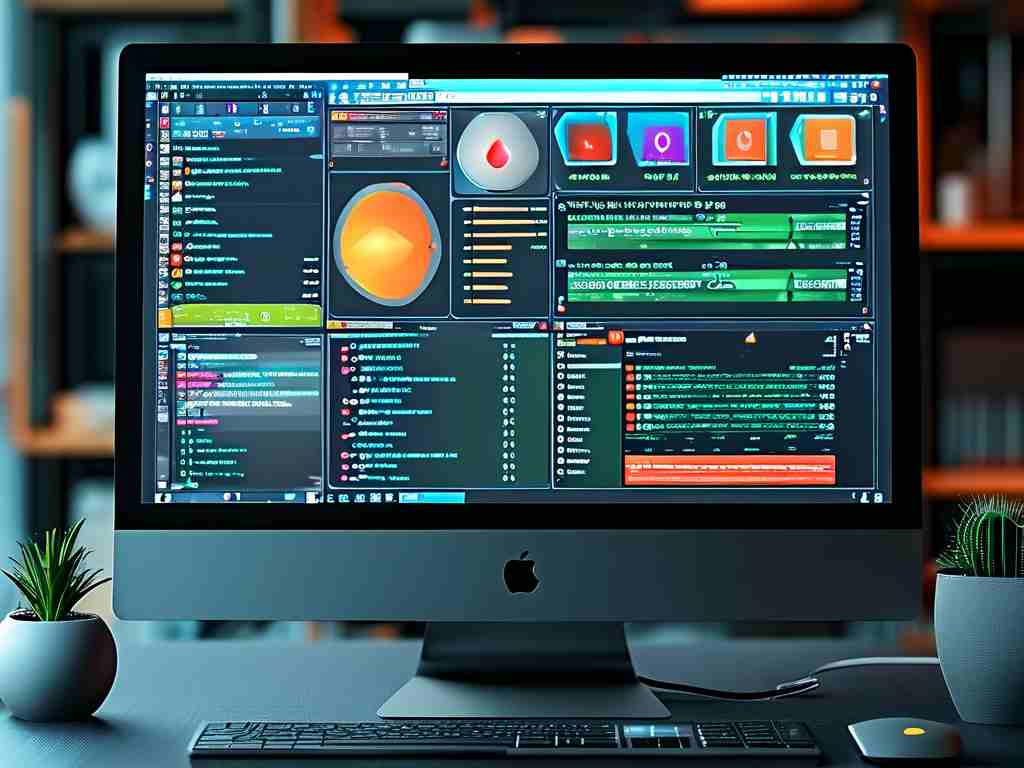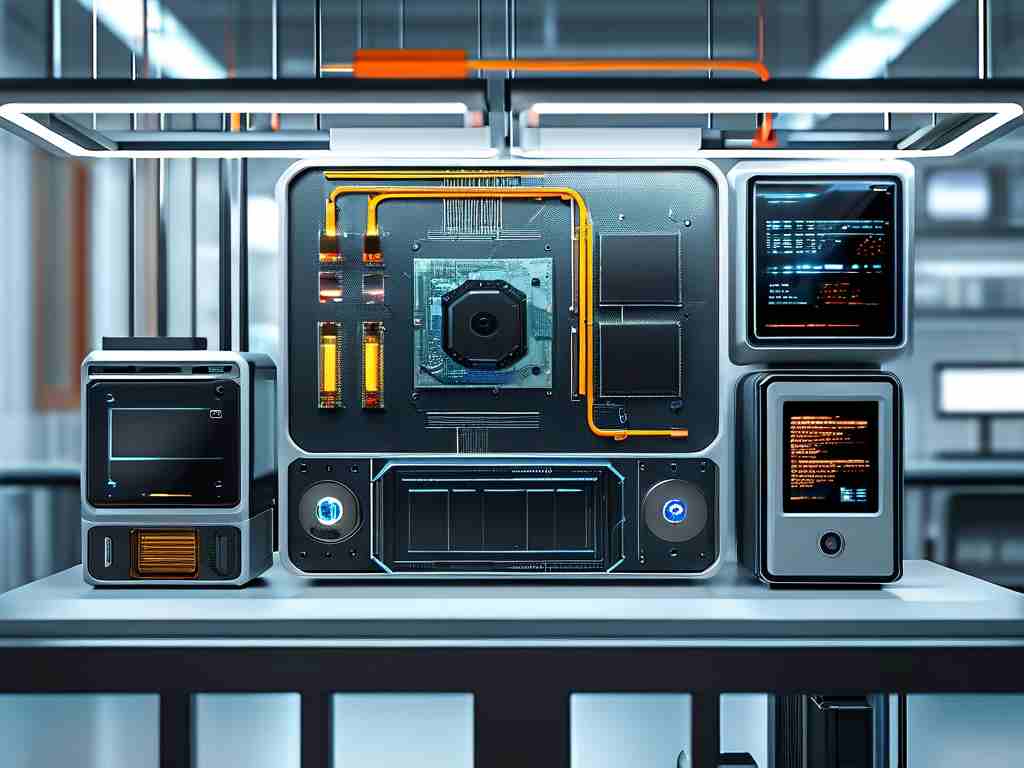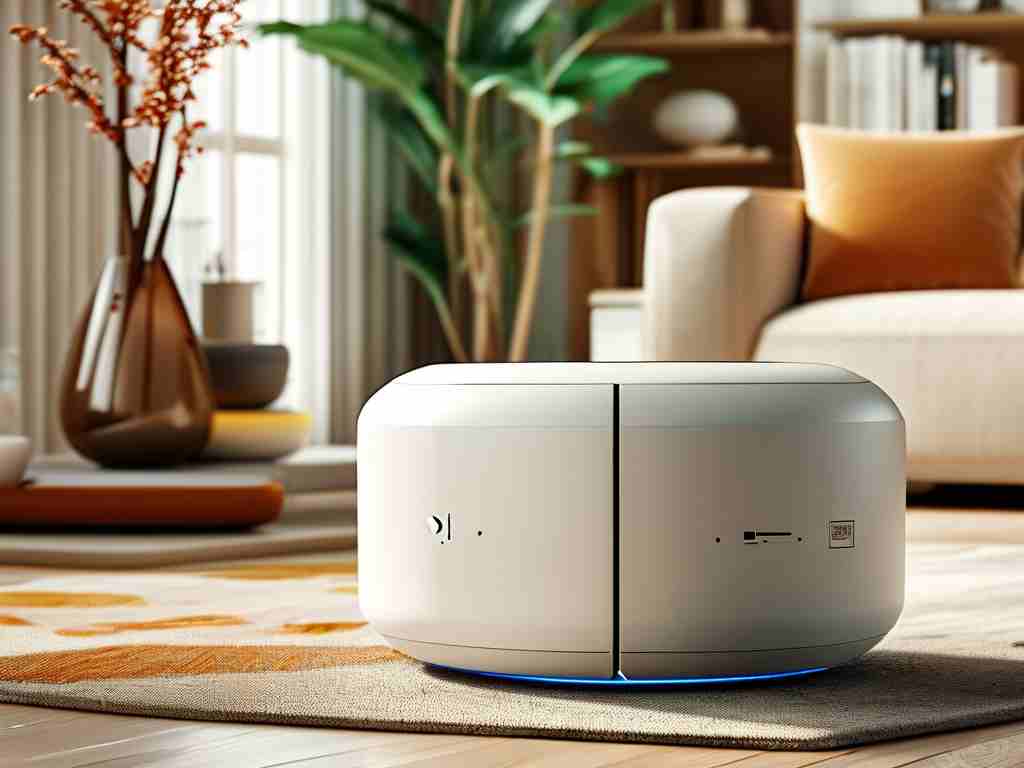In modern embedded system design, button interfaces remain fundamental components for human-machine interaction. This article explores practical approaches for developing reliable embedded button solutions, combining hardware configuration and software implementation strategies.

Hardware Design Considerations
Successful embedded button integration begins with circuit design optimization. Engineers must select between mechanical, capacitive, or resistive touch solutions based on application requirements. For traditional push buttons, implementing debounce circuits using RC filters (10kΩ resistor with 100nF capacitor) proves essential to eliminate contact noise.
Surface-mount devices (SMD) buttons require careful PCB layout planning to prevent accidental triggers from mechanical stress. A typical configuration includes:
#define BUTTON_PIN GPIO_PIN_12
void HAL_GPIO_EXTI_Callback(uint16_t GPIO_Pin) {
if(GPIO_Pin == BUTTON_PIN) {
/* Debounce handling */
static uint32_t last_tick = 0;
if(HAL_GetTick() - last_tick > 50) {
button_event_handler();
last_tick = HAL_GetTick();
}
}
}
Firmware Architecture
Implementing robust state machines forms the core of responsive button handling. A four-state model (IDLE, PRESSED, HOLD, RELEASED) enables detection of various interaction patterns. Time-stamped event logging helps differentiate between single clicks and long presses:
typedef enum {
BTN_STATE_IDLE,
BTN_STATE_DEBOUNCE,
BTN_STATE_PRESSED,
BTN_STATE_HOLD
} ButtonState;
void update_button_state() {
static ButtonState current_state = BTN_STATE_IDLE;
switch(current_state) {
case BTN_STATE_IDLE:
if(detect_press()) current_state = BTN_STATE_DEBOUNCE;
break;
/* State transition logic continues */
}
}
Software Integration Challenges
Real-time operating systems (RTOS) introduce synchronization complexities. Developers must implement mutex-protected button queues to prevent data races in multi-threaded environments. Energy-constrained applications require dynamic polling frequency adjustments – reducing scan rates from 100Hz to 10Hz during idle periods can decrease power consumption by 40%.
Environmental Adaptability
Industrial implementations demand special hardening techniques. Conformal coating protects against moisture, while firmware-based contact resistance monitoring (measuring analog input voltages) enables predictive maintenance alerts. Automotive applications require compliance with ISO 26262 functional safety standards, implementing redundant validation checks for critical controls.
Advanced Interaction Patterns
Modern HMI expectations drive innovation in button behavior programming. Multi-tap recognition algorithms using finite automata can distinguish between double and triple clicks. Pressure-sensitive buttons benefit from analog-to-digital converter (ADC) sampling with moving average filters:
#define SAMPLE_COUNT 8
uint16_t read_pressure() {
static uint16_t samples[SAMPLE_COUNT];
uint16_t sum = 0;
for(uint8_t i=0; i<SAMPLE_COUNT; i++){
samples[i] = ADC_Read();
sum += samples[i];
}
return sum/SAMPLE_COUNT;
}
Testing and Validation
Comprehensive test benches must simulate extreme operating conditions. Automated test rigs should execute >10,000 press cycles while monitoring contact reliability. EMI susceptibility tests verify stability under 3V/m RF interference as per IEC 61000-4-3 standards.
Future Development Trends
Emerging technologies like piezoelectric energy harvesting enable self-powered buttons. Machine learning integration allows adaptive sensitivity calibration, automatically adjusting thresholds based on usage patterns and environmental factors.
By combining meticulous hardware design with intelligent software algorithms, developers can create embedded button interfaces that deliver both reliability and enhanced user experience across diverse application scenarios.









